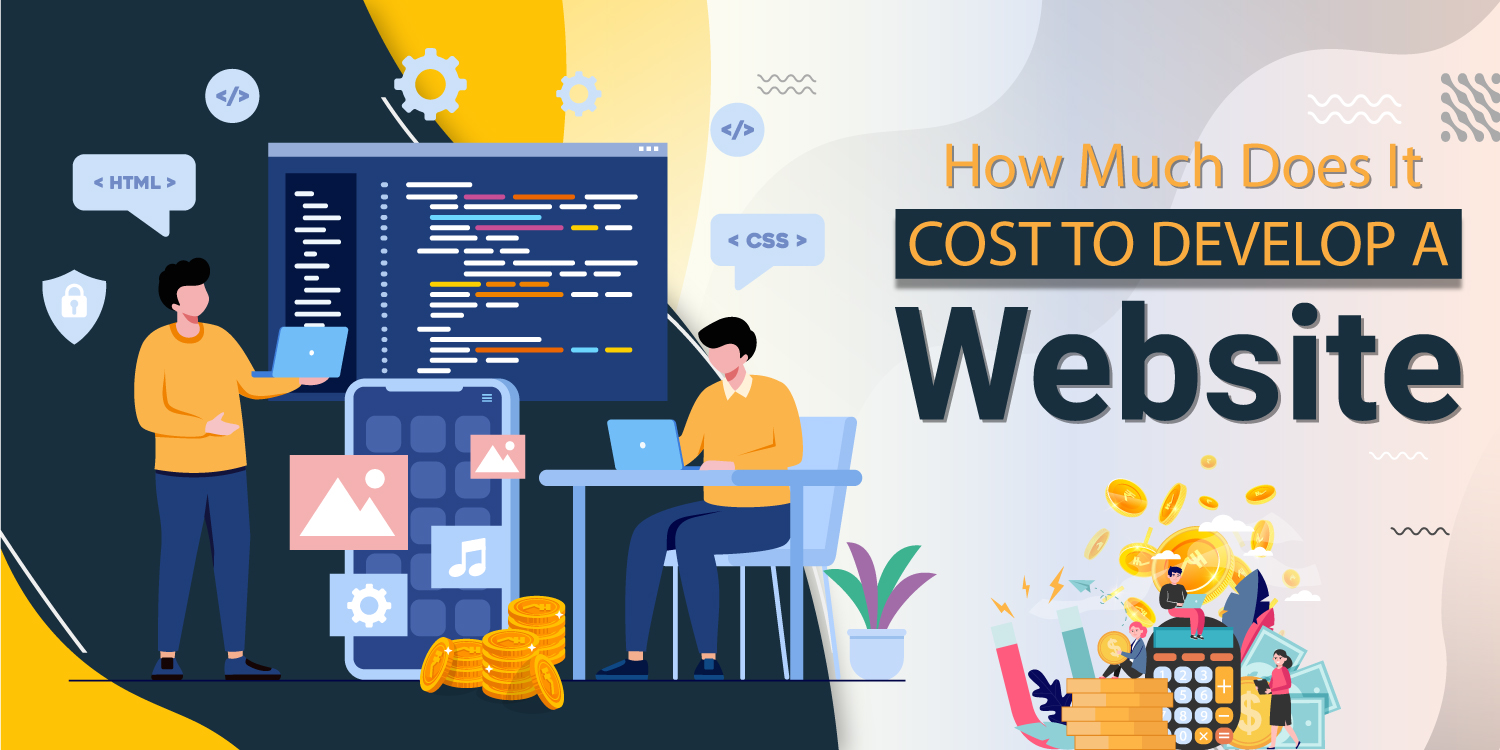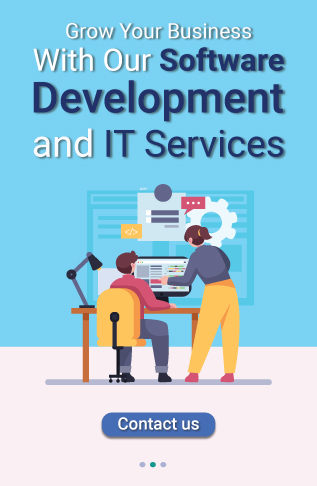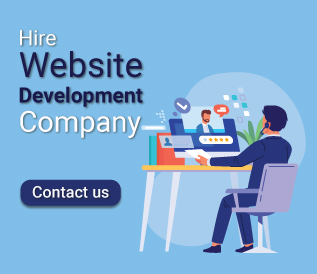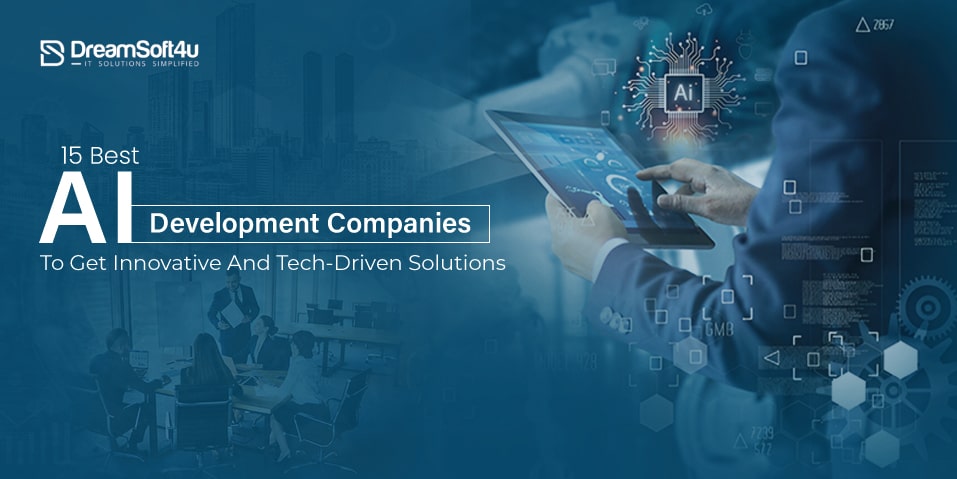The first and probably the most troublesome question that comes to your mind when you are considering establishing a web presence is – How much does website development cost, and not how to build it!
How much does it cost to build a website? The easiest answer to this question is “It depends.” There are several factors that determine how much money you might have to spend to get a website for your business. Knowing about these factors is very important to ensure that you don’t get ripped off when getting a business website.
I don’t know about you, but in my school of thought starting a business is considered lucky, and those people who leave their jobs to start a business are appreciated well. Imagine having unlimited amount of time to do anything you want and money that can help you buy anything you want. Now, imagine can you achieve all of this by doing a 9-5 job all your life? I don’t think so! Sooner or later you have to start your own business if you are planning to earn the right and make your family financially secured.
These days starting a business is all about selling online. Brands with physical stores now have an online store. Even grocery stores are now offering delivery services online. The main thing here is that everyone has a website.
Well, the answer is rather complicated. Website Development Cost is very subjective and there is no clear-cut cost blueprint for website development. We have developed nearly a thousand websites and to this day, we cannot give a generic answer to that question.
Table of Contents
ToggleHere are some reasons why quoting the exact web development cost is practically impossible
The Lack of Standards:
The web development service is rather new and lacks uniformity. There are multiple languages PHP, WordPress, Angular, platforms and systems that can be put to use to program a website. The multiplicity of ways to reach a single desired outcome makes it even more complex. The way one person or company develops a project may be completely different from others.
Complexity in Planning:
Implementing a single feature in the website could take up anywhere from an hour to a hundred depending on the complexity and inputs needed. If you want users of the website to be able to publish their own content, there could be a hundred details that may be needed. Does content need approval to be published? Do you want to establish checks for plagiarism? Do you wish to include images? If images can be uploaded, what is the maximum size per image for website creation? And all features will need details. It is advised to, therefore, find an experienced and trusted team that takes these decisions for you in your company’s best interest. The prices vary accordingly. So there’s no magic bullet when it comes to how to build a website.
Continuous Time & Work:
Websites are largely viewed as products but they should be categorized as service because the process of developing a website is continuous and requires time and effort of the developing team. So website creation is not a linear process.
Varied Quotes:
The number of web developers has increased significantly from freelancers, small companies to big corporate giants. The quotes given for the same web project can vary as much as $3,000 to $50,000 depending on the expertise of the company, the preferred platforms, the team size and even their location.
Website development cost in USA can be 4 times more than that in India with the same level of quality of work!
Fixed vs. Hourly Price:
While some companies still give a fixed quote, most companies are shifting to an hour-based pricing model as it allows them to cover the grey areas. The fixed price model did not account that some websites that seemed simple may take up months. The hourly model accounts for the far too valuable manpower and their time.
Now that we have established ground on why a one-off price for a website is less likely to be justifiable let’s focus on the key components of the cost of the website.
Website development cost factors you need to know:
The Budget
How much are you willing to shell out for the website development now and annually? Websites, especially complex ones come expensive and it’s best to know the budget before making decisions. If the budget is low, you may want to stick to a freelancer or a 4-5 people company as they will charge at least 25% less than what bigger companies charge.
However if quality surpasses cost as a concern, it is advised to hire a team with an impressive portfolio and experienced personnel, that is more likely to stick by you in the future when compared to freelancers.
Websites also need continuous upgrading and maintenance, thus whether to hire a dedicated person or outsource the maintenance will be based on the budget allocated.
A predetermined maximum budget also allows the web developer to make informed choices that fit within it.
Understanding Your Role
It is rather important for clients to understand that for a website to come forth as expected, web developers will need inputs from you and regularly, for insights on how to build a website. From the logo of the company to images to fill the gallery, there are lots that client themselves provide for how to develop a website.
If you do not take up content packages, you will have to provide content too for every page. The involvement of the client is not only beneficial but also crucial for best results.
Features Needed Now and Later
While starting a business people tend to have preconceived ideas and want their website to be an ideal setup with all the cool features but soon realize the complexity of such a situation. It is indeed an advantage to have a website loaded with cool features, however, it will not make up for a flawed business model and redevelopment will cost a bomb.
Therefore good developers advice business owners to initially stick with a lean and functional website that gets the work done and upgrade as they earn as they seek how to develop a website. We guarantee that even the most advanced websites require re-designing, maybe minor changes or complete re-vamp.
It is best, therefore, to introduce features and changes after analyzing what your customers want. It is one of the biggest mistakes of founders to spend months getting the “right” website, eventually finding out that the business doesn’t work as planned.
Ownership of Site, Domain Name, Security Tech and Hosting:
A website generally involves a lot of administrative work too like buying or renewing domain names, integrating SSL certificates for security, configuring hosting services from time to time and managing updates on WordPress sites ensuring they are not conflicting with templates and plug-ins installed when you seek steps on how to develop a website.
All this does require technical acumen besides time and effort. Thus, decisions of ownership of such licenses and technical aspects have to be made beforehand. Implementing these is not going to be burn on the pocket as they usually cost about $100. Hostgator, GoDaddy and Bluehost are few good providers.
Hiring the Right Developer/Team:
If you have hired an employee before, then you are probably aware that their resume may not always reflect if they fit the profile. Hiring the wrong team is a real problem and a problem that everybody encounters at least at some point.
A part of hiring the right people is asking the right questions. Here are some questions you should ask while hiring a web developer:
What services do you offer?
Besides web development, there are a lot of other services involved like content development, digital marketing, hosting etc. and it is in the best interest of your company to hire a team that provides all these services.
At Dreamsoft4u, we provide all tech and branding solutions under one roof including Logo Design, Web Development, Mobile App Development, UI/UX and Marketing.
Do you work on templates or custom designed websites?
Most developers will be working on both models depending on the needs of the client. Using a customizable template is cost-effective and saves time but will not provide the same uniqueness and functionalities as a website designed from scratch. Asking a developer about this and then comparing the cost of both the options will make your decision easier.
How will the web project be managed?
Dreamsoft4u team ensures an unmatchable experience while working with us. We ensure all projects are handled efficiently by assigning project leads to walk the customer through the process of development of the website. The web project will typically be executed in five stages that include research, designing, development, launch, and evaluation. The project lead being customer’s point of contact conveys to him/her, critical info on timelines and progress.
What is the typical turnaround time for the project?
Deadlines are important and need to be set prior to initiate the project. A team that typically delivers a project on time is a safe option. For this, consider reading reviews of the firm and asking for references. EB has maintained a reputation of completing 95% of our projects well within time with best results.
What are some sample sites developed by the company?
Going through the portfolio of the company will give you a fair idea of the design sense and diversity of the company. Performance of these websites will clear doubts and help you set the right expectations for the firm.
Get A Best Web App Development Companies in 2022
We can assist you! Click here to get the Best Web App Development Companies in 2022!
Request A QuoteHave your companies seen a return on the investment made on their websites?
Web developers have a role in the overall performance of the business, as a website is the first impression your customers get. It ought to be good. Asking for case studies is essential. At EB, for instance, 30+ of the startups we built products that got funded by VCs and a few were selected at Y-combinator in 2016 and 2017.
How qualified is the team?
Developing a website requires a minimum of three team members including a graphic designer, a web designer, and a developer. Knowing the experience and qualifications of the team that is working on the project is a reassurance that your money is in safe hands.
When can you start?
A company or freelancer with an impressive portfolio will generally be loaded with projects. Get clarity on the schedule and when the work can be initiated. The wait time will also give you the chance to do your own homework. The answer to all these questions will help you arrive at a reasonable conclusion whether or not the team qualifies for the work, keeping in mind the cost of which they come.
Conclusion
Dreamsoft4u is the most affordable and Best Web Development Company in USA and India. In fact, we have been serving in the field of Website developing from the past 15 plus years. Our teams of web developers have developed a cordial relationship with clients. The experience and expertise of Dreamsoft4u members have made us the Top web development company in USA.











